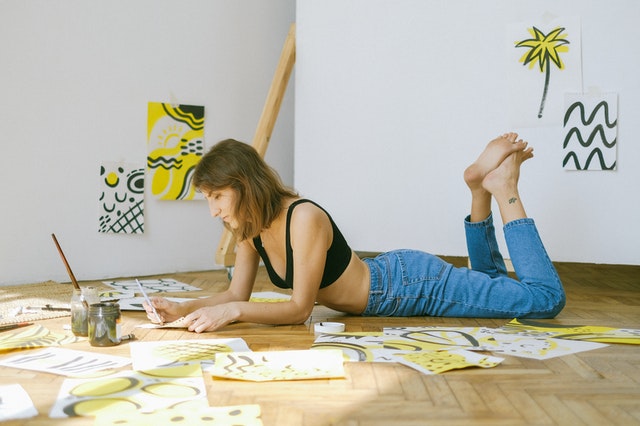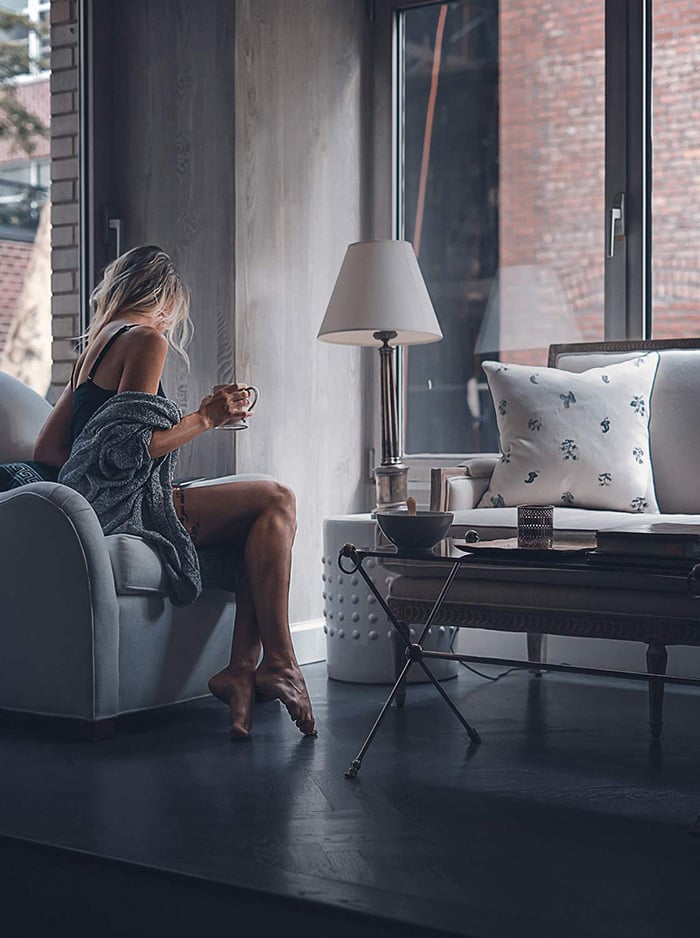Whether you’ve always wanted to try painting or are simply looking for a new hobby, picking up a paintbrush and giving it a go can be incredibly rewarding. However, with so many different mediums, styles, and techniques out there, getting started with painting can feel daunting. Fear not! In this blog post, we’ll outline some tips and tricks to help you get started on your painting journey. By the end of this post, you’ll have all the information you need to start creating beautiful works of art. Let’s get started!
Choose the right paint:
One of the most important things to consider when starting to paint is what type of paint you want to use. Watercolor, oil, and acrylic are all popular choices, but each has its own set of benefits and drawbacks. Knowing which colors you want to use and what finish you’re hoping to achieve will help you narrow down your choices and find the perfect type of paint for your project. We will understand the basic characteristics of each type of paint so that you can make an informed decision about which one is right for you.
Watercolor:
Watercolors are a type of paint that is made with pigment and water. They are typically used on paper but can also be used on other surfaces such as fabric or canvas. Watercolors are known for their transparency and ability to create soft, delicate effects.
Oil:
Oil paints are made with pigments that are suspended in a drying oil, such as linseed oil. However, oil paints take longer to dry than other types of paint, but they are very versatile and can be used to create a variety of different effects.
Acrylic:
Acrylic paints are made with pigments that are suspended in an acrylic polymer emulsion. Acrylics dry quickly and can be used on a variety of surfaces. They are also very versatile,
Gather your supplies:
Once you’ve decided on a type of paint, it’s time to gather the rest of your supplies. You’ll need something to paint on (canvas, paper, etc.), brushes, and other materials depending on the medium you’ve chosen. Again, doing some research ahead of time will help ensure that you have everything you need before you start painting. You will find most of the supplies online or in an arts and crafts store near you. While starting out, make sure you have the following:
- A set of brushes in various sizes
- A palette or mixing tray
- Paint (acrylic, watercolor, etc.)
- Support to paint on (canvas, paper, wood panel, etc.)
Pick a subject:
Now that you have all your supplies, it’s time to decide what you’re going to paint! This can be anything from a still life set-up to a landscape or portrait. Once you’ve chosen your subject, it’s time to get started! You can either start with landscapes or portraits. If you don’t know how to start, look for some inspiration online or in magazines. Try to find a painting that you like and try to recreate it.
Another way to find inspiration is by downloading painting apps for free on pirate bay proxy and following along with the tutorials. This can be a great way to learn new techniques and try out different styles of painting.
Set up your workspace:
Now that you have all your supplies, it’s time to set up your workspace. Choose a spot in your home where you’ll be able to spread out and won’t be disturbed while you’re working. If you’re using an easel, set it up now and adjust it to a comfortable height. If you’re working on a flat surface, make sure it’s clean and free of any debris. Once your workspace is set up, you’re ready to start painting!
Start with the basics:
After you have chosen your subject, it’s time to start painting! Begin by sketching out your composition with a pencil on your support. This will help you plan out the placement of your elements and get a feel for the overall piece. Once you’re happy with your sketch, it’s time to start painting! Begin by blocking in the basic colors of your scene. For example, if you’re painting a landscape, start with the sky and work down from there. Once you have the basic colors in place, you can begin adding in details. Take your time and enjoy the process!
Clean up any mistakes:
No one’s paintings are perfect, and that’s okay! If you make a mistake while painting, don’t stress. Simply wait for the paint to dry and then correct the mistake with a fresh layer of paint. You can also use a cotton swab, or q-tip dipped in paint thinner to remove any unwanted paint. Avoid using too much paint thinner, as this can damage the surface you’re painting on.
Conclusion:
We hope you found these tips and tricks helpful in getting started with painting. Remember to have fun and experiment with different mediums, styles, and techniques. There’s no right or wrong way to paint, so let your creativity flow! If you’re ever feeling stuck, try looking at paintings by your favorite artists for inspiration. Before long, you’ll be creating beautiful works of art yourself. Happy painting!



































